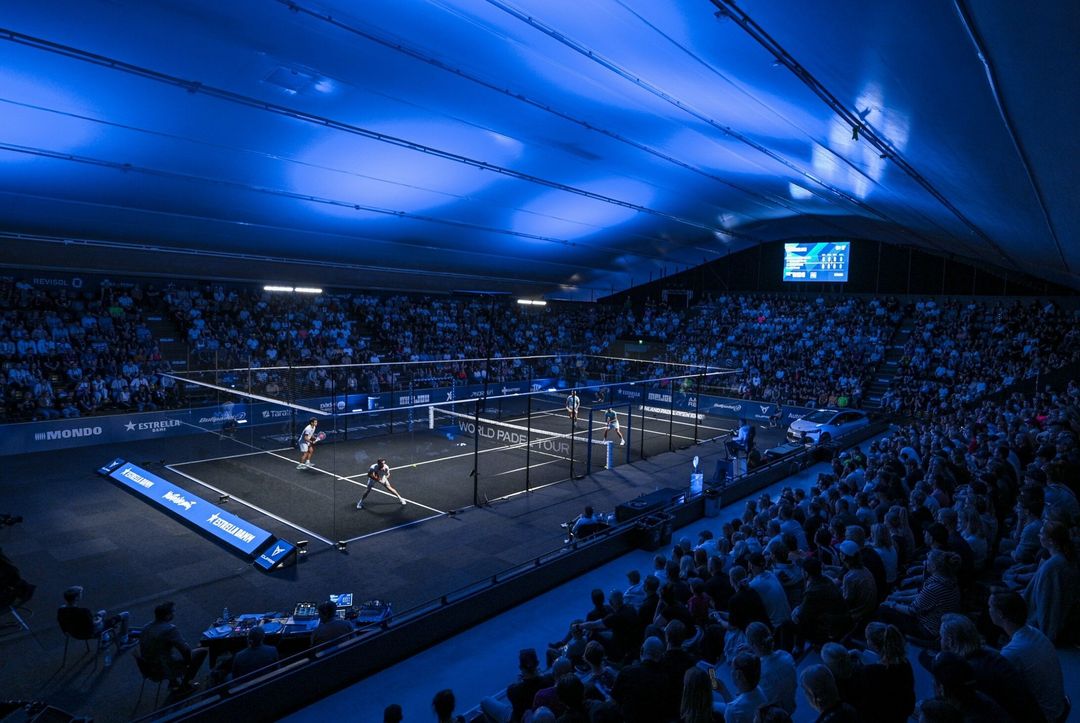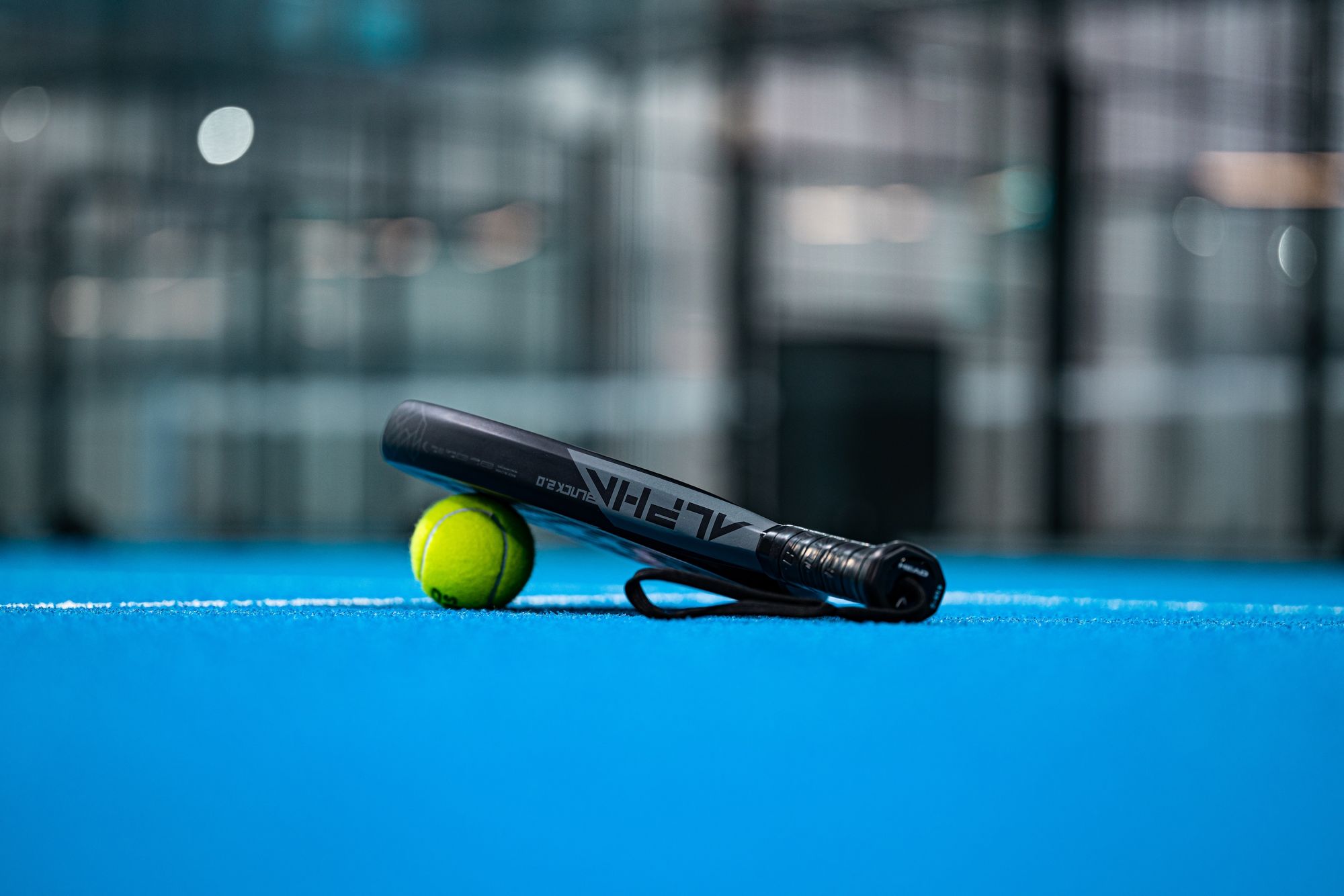Padel tennis, a dynamic fusion of tennis and squash originating from Mexico, is rapidly gaining global popularity. Since its inception in the late 1960s, this engaging sport offers a unique blend of strategy, athleticism, and social interaction. Played on an enclosed court with walls, padel’s easy-to-learn yet challenging-to-master nature makes it an appealing option for players of all skill levels. Whether you’re a seasoned tennis enthusiast or a complete beginner, padel provides an exciting and accessible alternative to traditional racket sports.
This blog post will delve into the core elements of padel tennis, exploring its unique court dimensions, specialized equipment, scoring system, and essential strategies. We will also highlight why this exhilarating sport is capturing the attention of players worldwide. Get ready to discover the world of padel and understand why it might just be your next favorite pastime!
Understanding the Essence of Padel Tennis
Padel has firmly established itself as a dynamic and fast-paced racket sport. Often played in doubles, or even one-on-one, padel combines elements of tennis and squash to create a thrilling experience for both players and spectators. The rallies and exchanges are packed with action, making it an engaging game to watch and participate in. Understanding the rules is key to appreciating the nuances of padel, and those familiar with the scoring systems of tennis and squash will find it relatively easy to pick up.
The agility, quick and precise shots, and the teamwork required make padel an exciting sport to witness. It’s not just about power; it’s about strategy and placement. As one article notes, padel is a “captivating blend of tennis and squash,” which perfectly encapsulates the sport’s hybrid nature. The blend of skill, strategy, and physicality makes it a compelling option for athletes of all backgrounds.
The popularity of padel stems from its accessibility. Unlike tennis, which can be intimidating for beginners, padel’s smaller court and underhand serve make it easier to learn. However, mastering the game requires dedication and strategic thinking. The combination of physical activity and mental engagement is what makes padel so addictive.
Exploring the Padel Court: Dimensions and Features
The padel court is a crucial element that sets it apart from other racket sports. Measuring 20 meters long by 10 meters wide, it’s roughly a third of the size of a regular tennis court. This compact size allows for quicker rallies and more dynamic gameplay. The court is enclosed by walls, typically made of glass and metallic mesh, which play a vital role in the game.
The surface of the padel court is usually synthetic grass or artificial turf, providing consistent ball bounce and a comfortable, grippy playing surface. This type of surface allows players to move with agility and confidence, essential for making quick shots and reacting to the ball’s trajectory. The walls of the court are designed to allow the ball to bounce off them, adding a strategic dimension to the game. Players must learn to anticipate the ball’s rebound and use the walls to their advantage.
A net divides the court in half, similar to a tennis court, but slightly lower. This lower net height contributes to the faster pace of the game, encouraging more volleys and aggressive play at the net. The enclosed nature of the court and the use of walls create a unique playing environment that challenges players to think creatively and adapt their strategies.
Mastering the Padel Equipment: Racquets and Balls
Padel racquets are distinct from tennis racquets, featuring a solid face with holes rather than strings. This design reduces the racquet’s weight and allows for easier control of the ball. The racquets are typically made from composite materials such as carbon, fiberglass, and kevlar, while the core is usually made of EVA (ethylene vinyl acetate) or foam. These materials provide a balance of power, control, and comfort.
Padel balls are also slightly different from tennis balls. They have a diameter between 6.35cm and 6.77cm, making them smaller than regular tennis balls. The lower compression of padel balls adapts best to the wall play, allowing for more strategic shots and controlled bounces. Unlike tennis, where powerful serves are common, padel emphasizes precision and control. The underarm serve, which requires the ball to bounce once before being hit, is a key element of the game.
The combination of the solid-faced racquet and the slightly smaller, less pressurized ball contributes to the unique gameplay of padel. It encourages players to focus on placement and strategy rather than relying solely on power. The equipment is designed to make the game accessible to players of all skill levels, while still providing a challenging and rewarding experience.
Navigating the Dimensions: Key Elements of a Padel Court
Understanding the layout of a padel court is essential for developing effective playing strategies. The court features specific zones that players must navigate to maximize their performance. These zones include the service area, the volley zone (or red zone), and the baseline zone (or fondo de pista).
The service area is where players must serve underhand, initiating the point. The volley zone, located near the net, is ideal for volleys and aggressive play. The baseline zone is where players retreat for defensive maneuvers against powerful smashes. Strategic use of these zones is crucial for effective play.
Learning how the ball plays off the walls is another vital aspect of padel. Players must anticipate and utilize the walls to their advantage, incorporating them into their shots and defensive strategies. The combination of court dimensions and wall play creates a dynamic and challenging environment that requires players to think strategically and adapt to the ever-changing conditions.
“Understanding the dimensions and angles of the court is essential for mastering the intricacies of padel tennis and developing effective playing strategies.”
Deciphering the Scoreboard: Scoring and Rules in a Padel Game
The scoring system in padel retains some similarities to tennis, but with a few unique twists. Games are played to 6 points, with a 2-point lead needed to win (e.g., 6-4, 7-5). If the score reaches 6-6, a tiebreaker is played, often to 7 points with a 2-point lead. Sets can be played up to best-of-three or best-of-five.
The scoring terminology is the same as in tennis: 15, 30, 40, advantage, and deuce. Points are scored when opponents fail to return a valid shot or commit a fault, such as hitting the ball out of bounds. The underarm serve is a key element of the game, and players must focus on precision and control rather than power.
Strategic play is emphasized in padel, with players using the walls to create tricky angles and force errors. Shot selection is also crucial, with players mixing up drop shots, lobs, volleys, and groundstrokes to keep their opponents guessing. Footwork and positioning are essential for reacting to the opponent’s shots and strategically maneuvering around the court.
Embrace the Excitement of Padel Tennis
Padel tennis offers an accessible and thrilling outlet for physical activity and social engagement. Whether you’re a seasoned athlete or new to racket sports, padel provides a fun and challenging experience. The sport’s unique blend of strategy, athleticism, and social interaction makes it an appealing option for players of all skill levels.
The combination of the enclosed court, specialized equipment, and unique rules creates a dynamic and engaging playing environment. Padel encourages players to think strategically, adapt to changing conditions, and work together as a team. The sport’s accessibility and social nature make it a great way to stay active and connect with others.
So, grab a padel racket and hit the courts to experience the excitement of padel tennis. Whether you’re looking for a new way to stay active or a fun social activity, padel offers something for everyone. Embrace the challenge, enjoy the camaraderie, and discover why padel is one of the fastest-growing racket sports in the world. Get ready to experience the thrill of padel tennis!





